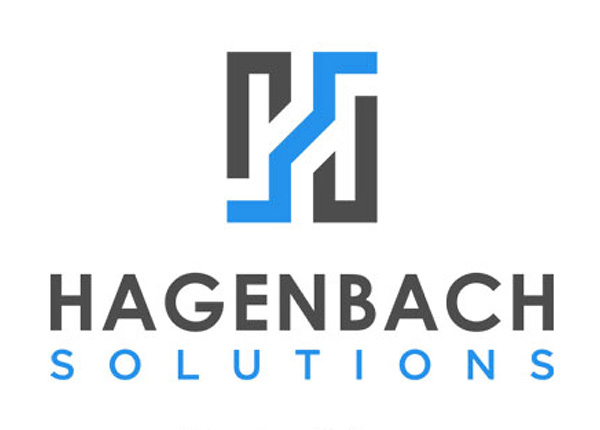Trump Tariffs
Trump Tariffs
If it wasn’t hard enough operating a U.S. small business that makes or distributes product, in 2018 it got even harder. Particularly in the local market of Southern California – where just about every client or friend I speak to has been affected this past year. You won’t have to look far to find news updates on this issue such as found here https://reason.com/2019/10/15/on-tariffs-trump-is-a-one-trick-pony/.
An industry that has been particularly affected in my world is automotive parts suppliers. This impact is felt throughout the entire supply chain and consequently to the Consumers (you and me). One such company I interviewed makes auto parts domestically and in China, and distributes to your local auto parts retailers. A whopping 15% of cost gets applied to the inbound containers coming through the Port of Long Beach.
One such business was well prepared for Trump’s trade war. During the last couple years a client of mine had been tracking costs down to the penny from human resources to real estate to transportation and comparing with other potentially more viable locations to maintain a competitive advantage in the industry. They started importing parts to from China to Mexico. https://novalinkmx.com/2018/03/01/starting-a-manufacturing-business-in-mexico/
While this avenue brings many challenges and hurdles of its own, for many U.S. companies such a transition is not insurmountable – particularly given that many spanish-speaking professionals exist at both mid and upper-management to navigate and smoothen the transition of such a change. Also, there are many multi-lingual, multi-company, multi-currency, and multi-legislative systems exist in the ERP space (see Acumatica).
Cost Accounting or Tax?
For some companies who depend on their supply chain for electronics, they are a day late and a dollar short. They tell me it is hard to find these parts anywhere other than China. So that leaves being stuck with the tariffs and how to account for them as you pass them onto the consumer.
Since my business is helping you manage your business through use of an accounting system, how does one handle the cost accounting for these transactions? While it is an inbound cost – it is uncertain how temporary or permanent this cost might be. Who charges you for it? The bill comes from your U.S. customs broker. Many firms typically apply this cost to their duties (product-based) and container cost (freight-load based) – also known as the landed cost. This is the basis from which gross profit is measured. Although the natural thing to do is apply it to your inbound costs, there are some tradeoffs to treating it this way.
On the one hand, many systems can quickly generate new pricing lists for customers based on a cost markup pricing rule. This would allow them to account for the tariff as just another inbound cost For example, in Acumatica you can charge the inbound bill to a lot (which represents a container of goods) or costing tier, and then apply a price change all across the board. Another legacy ERP called Sage 100 can do the same thing albeit less effectively. On a separate subject, most of my clients do not use cost markup methods – instead they apply unique pricing to every customer through a price level which allows unique pricing all across the board. This is a more costly way to manage it but does allow for flexibility if [for example] not all your products are made in China. In that way if the tariff can be applied only to certain product lines then you have
On the flip side, calling tariffs an inbound cost can have some undesirable and unintended consequences. One such ripple effect is when the costs rise so do the prices. So a 25% margin on $10 per unit is still a 25% margin on $11.50 – the costs just go up in line with the multiplier. However, in an ERP system you might see an increase in costs over time and now you have to weed out the distinction between FOB price (the cost your supplier charges) versus the landed costs. While most systems keep track of these two things separately – there is nothing to differentiate on the customer last purchase price history.
Another unintended consequence is the back and forth pricing changes you are making across your customer base. This alone can bring with it many hours to manage communication with customers. The bottom line is that it becomes an area that, while explainable and manageable by product, becomes another question mark in some management report and will cost you time and money to maintain. My business charged approximately 30 hours per client last year helping to rollout new pricing changes and the back and forth changes that go with it.
The alternative to product costing is to treat the Tariff as a tax. This part is much cleaner from the standpoint of eliminating ripple effects in your cost and pricing trend analysis, and lowering the time spent on back and forth communication and changes with customers. Perhaps you can send a nice letter to your customers explaining that this is a temporary change that affects these products and will show up on invoices until the tariffs go away. This is much less likely to affect you on their company scorecard – particularly if you can offer products that originate in another country – like my automotive part client. However, most systems surprisingly do not have a clean way of calculating a specialty tax on both product and supplier. The way I prefer to handle is to create a unique tax code on the item level. This identifies the item as either subject to the tax or not. Keep in mind that if you use the same SKU to source an item from multiple suppliers, this will not work. But if you have one supplier per item or you have items numbered uniquely by vendor, it will work just fine. Then, you can add a tax code to each tax schedule that gets applied to your customer. Typically, an exemption can then be applied across the board when the tax goes away. And if the tariff increases, like it did back in June, you can easily apply the new rate in one place and viola – it takes place immediately.
While no situation is the same, particularly with different schools of thought and reasons for item numbering, for the most part I prefer to treat it as a tax. Since most taxes are location-based, tax schedules typically follow the location record in an ERP system. In addition, most systems can tie a vendor to a tax agency. Finally, I am hopeful that tariffs will be a temporary issue. But even if they happen more than we and our customers would like – if we account for them we can continue to manage through these turbulent times.


